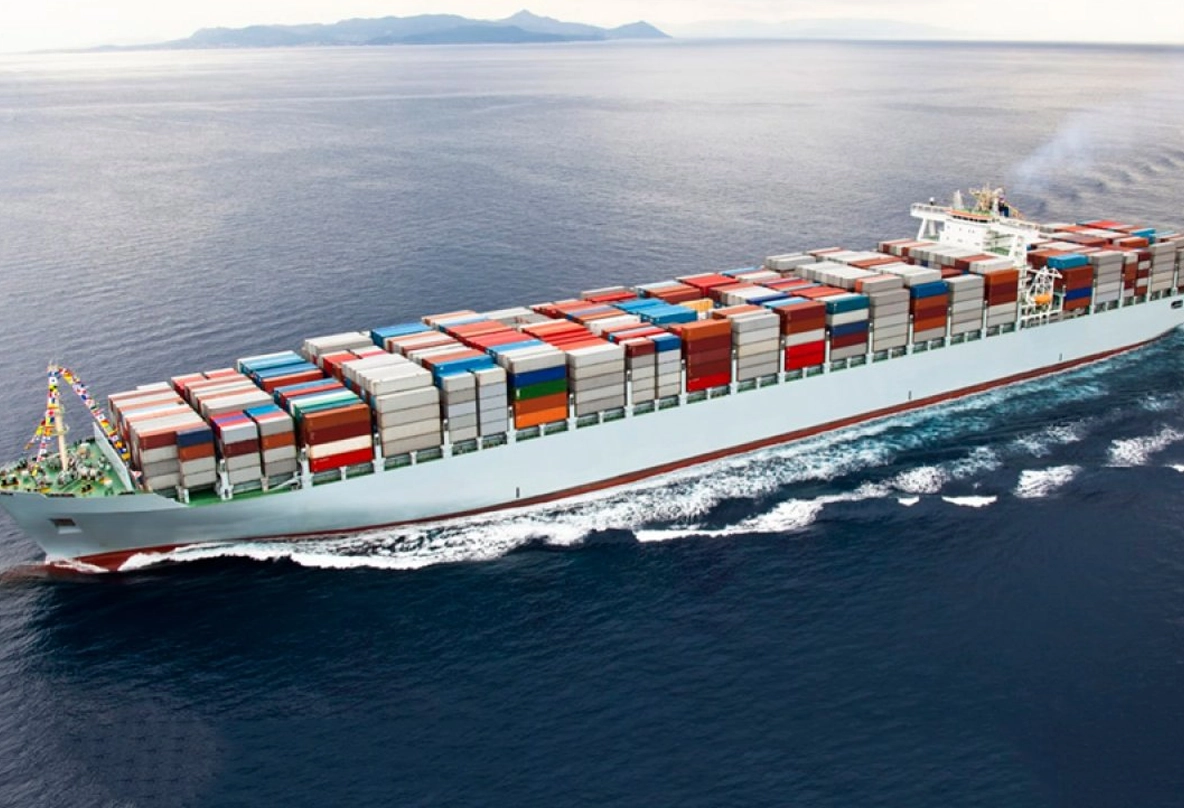Discover how maritime shipping powers the global economy and find the most efficient solutions for your shipments.
Maritime shipping is the backbone of international trade, connecting continents and facilitating the global exchange of goods. From shipping containers carrying consumer products to bulk carriers transporting raw materials, the ocean is the most cost-effective and efficient way to move large volumes of cargo over long distances.
In this article, we’ll delve deep into the world of maritime shipping, exploring everything from different ship types and trade routes to the challenges and opportunities facing the industry.
What is Maritime Shipping?
- Clear and simple definition: Explain what maritime shipping is and how it works.
- Importance in the global economy: Highlight the crucial role of maritime shipping in the global supply chain.
Types of Ships and Cargo
- Container ships: Describe their operation and advantages.
- Bulk carriers: Explain the types of cargo they transport and their characteristics.
- Specialized ships: Mention other types of ships such as ro-ro, reefers, etc.
- Cargo types: Detail the different types of cargo transported by sea (general cargo, bulk, hazardous, etc.).
Shipping Routes and Ports
- Major trade routes: Mention the world’s most important routes and their significance.
- Ports as logistics hubs: Explain the role of ports in international trade.
Advantages and Disadvantages of Maritime Shipping
- Advantages:
- Cost-effective: Highlight that it’s the most economical option for large volumes.
- Capacity: Mention the large cargo capacity of ships.
- Global reach: Explain that it connects any point on the planet.
- Disadvantages:
- Transit time: Indicate that delivery times are longer than other modes of transport.
- Vulnerability to external factors: Mention risks such as weather and piracy.
Challenges and Trends in Maritime Shipping
- Current challenges:
- Port congestion: Explain how it affects supply chains.
- Environmental regulations: Mention international standards to reduce pollution.
- Trends:
- Digitalization: Highlight the importance of technology in maritime shipping management.
- Sustainability: Explain how the maritime industry is adopting more environmentally friendly practices.
How to Choose the Right Maritime Shipping for Your Business
Cost: Explain how to compare different options.
Factors to consider:
Cargo type: Recommend evaluating the type of product to be transported.
Volume: Indicate that the cargo volume influences the choice of ship.
Delivery time: Highlight the importance of deadlines.

